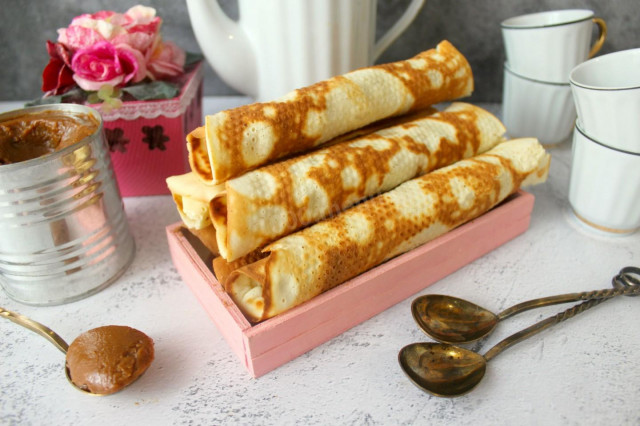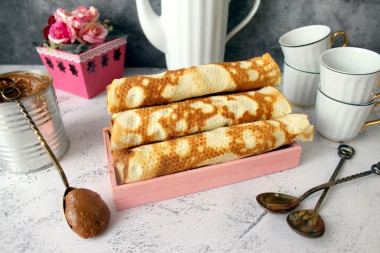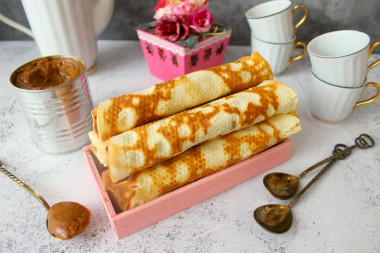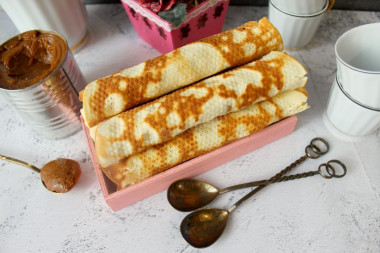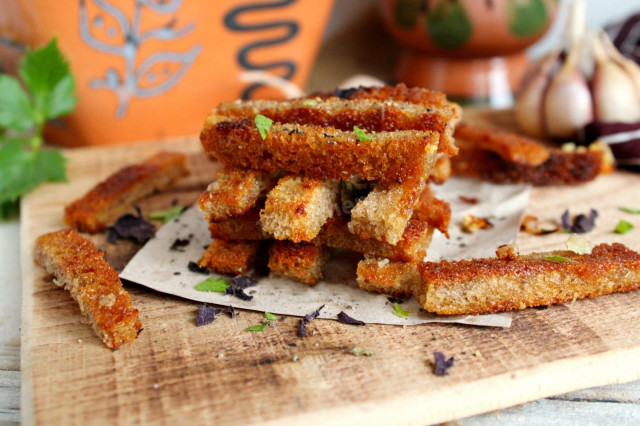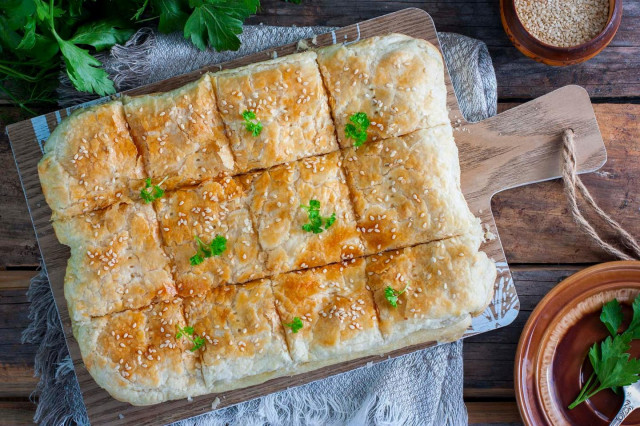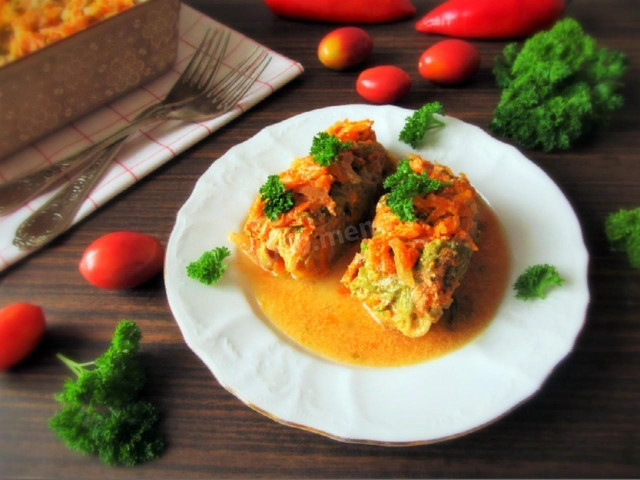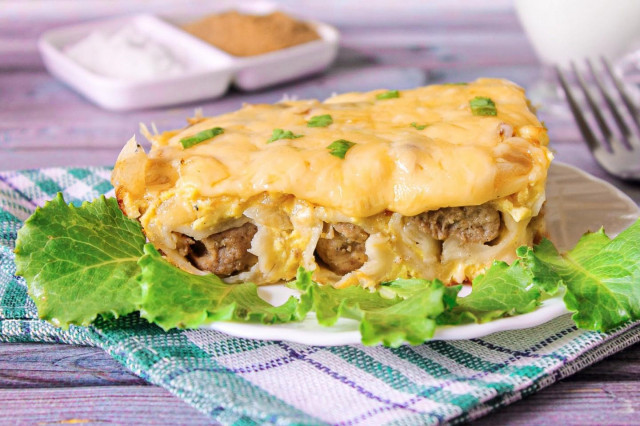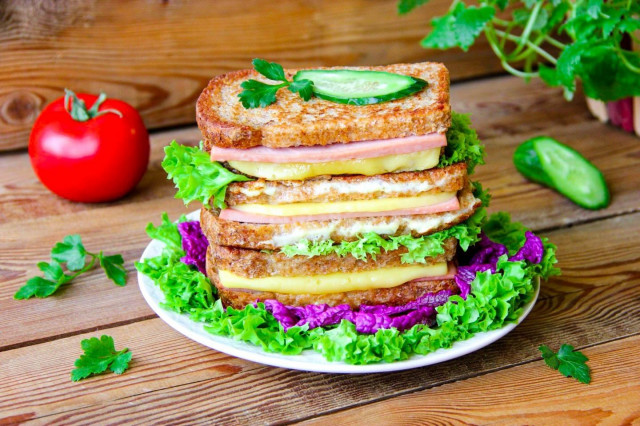Composition / ingredients
Step-by-step cooking
Step 1:
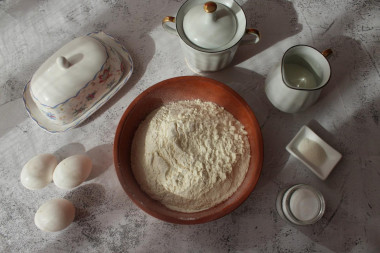
Prepare all the ingredients. Use chicken eggs of category C1, flour of the highest grade.
Step 2:
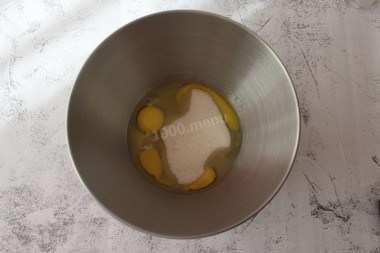
Beat chicken eggs into a whipping bowl, add sugar and whisk the ingredients at high speeds. The egg mass should become light, and the grains of sugar should practically not be felt.
Step 3:
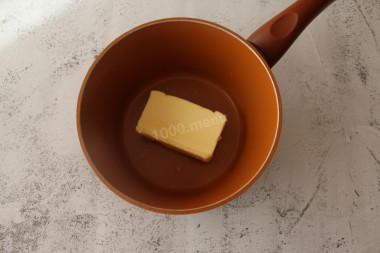
Put the butter in a small ladle and melt the butter over low heat, the butter should not boil. When the butter has completely melted, remove the ladle from the heat and allow the butter to cool slightly. The oil should be warm, but not hot.
Step 4:
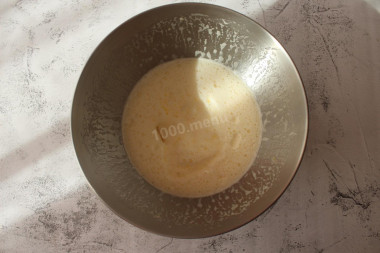
Pour the slightly cooled butter and milk into the egg mass, season with salt and add vanilla sugar. For 1 minute, whisk all the ingredients with a mixer.
Step 5:
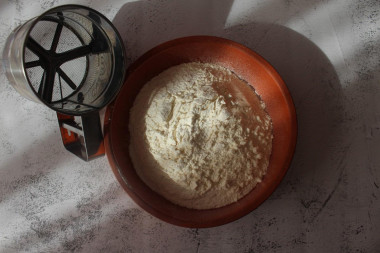
Sift wheat flour through a sieve into a separate container. Due to sifting, the flour will be filled with oxygen, which will make the dough more tender and soft, and it will also remove unnecessary impurities that may end up in wheat flour.
Step 6:
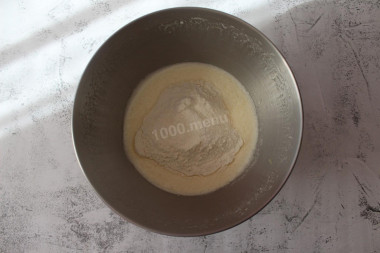
Add the sifted flour to the dough, continuing to beat the dough with a mixer at medium speed. To introduce flour, it will take about 2-3 minutes. During this time, the dough should become thick enough and have a smooth structure at the same time.
Step 7:
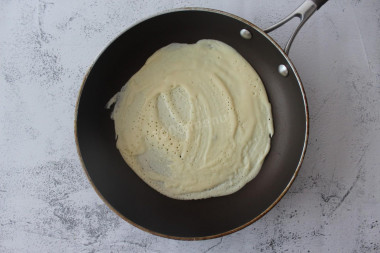
Proceed to frying the waffles themselves. The frying pan must be used with a non-stick coating, this will allow the waffles to cook and not burn, since the waffles themselves are fried without adding oil. Place 1-1.5 tablespoons of waffle dough in the center of a dry preheated frying pan. Using a silicone spatula, tablespoon or ladle, spread the dough over the pan in quick circular movements. You should get a thin pancake.
Step 8:
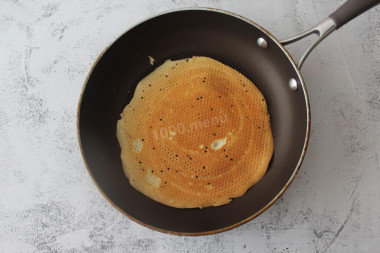
Fry the pancake on medium heat on one side for 2-3 minutes, then turn it over and fry for another 1-2 minutes. Here, in time, you should focus on your stove. It is impossible to over-dry the wafer, otherwise when twisting it will crack all over.
Step 9:
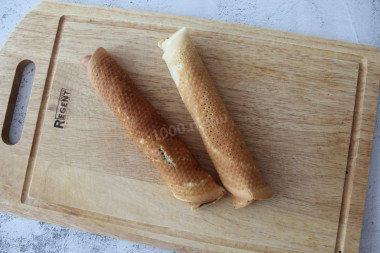
Remove the finished waffle from the pan and transfer to a wooden board. With quick movements, while the waffle is still hot, roll it into a cone or tube. If you have rolled the horn, then put it in a glass for better fixation, if you have rolled the tube, then put it seam down. If the wafer is not rolled up immediately, then literally in half a minute you will not be able to do it, the wafer will harden and break when you try to fold it.
Ready-made tubes can be filled with boiled condensed milk or your favorite cream.
The diameter of my frying pan is 24 cm. From this amount of ingredients, I got 12 tubes. I used a frying pan with a perforated bottom, that is, the inside of the pan is covered with microcells. Due to these microcells, my tubes have a fine pattern. If you use a frying pan with a flat bottom, then such tubes will be smooth.
Be prepared for the fact that flour may need more or less than indicated in the recipe. Focus not on the amount of flour, but on the desired consistency of the dough. Read a lot of useful information about flour and its properties in this article!
Caloric content of the products possible in the composition of the dish
- Whole cow's milk - 68 kcal/100g
- Milk 3.5% fat content - 64 kcal/100g
- Milk 3.2% fat content - 60 kcal/100g
- Milk 1.5% fat content - 47 kcal/100g
- Concentrated milk 7.5% fat content - 140 kcal/100g
- Milk 2.5% fat content - 54 kcal/100g
- Whole durum wheat flour fortified - 333 kcal/100g
- Whole durum wheat flour universal - 364 kcal/100g
- Flour krupchatka - 348 kcal/100g
- Flour - 325 kcal/100g
- Granulated sugar - 398 kcal/100g
- Sugar - 398 kcal/100g
- Butter 82% - 734 kcal/100g
- Amateur unsalted butter - 709 kcal/100g
- Unsalted peasant butter - 661 kcal/100g
- Peasant salted butter - 652 kcal/100g
- Melted butter - 869 kcal/100g
- Salt - 0 kcal/100g
- Vanilla sugar - 379 kcal/100g
- Chicken egg - 80 kcal/100g

